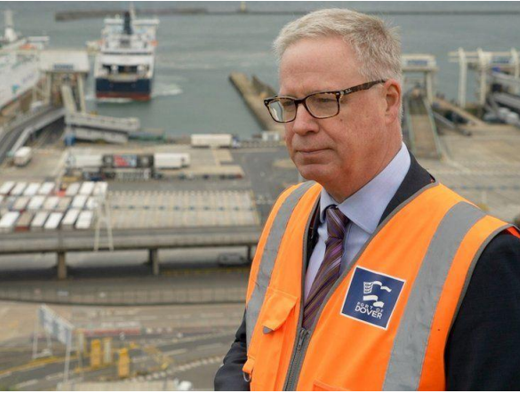LinkedIn has quietly become a leadership tool for executives who want to build influence and speak directly to the people shaping the aviation industry. What once felt like a place for job updates and polite networking has evolved into a space where senior leaders can show who they are, what they stand for and how they think. It’s also somewhere corporate channels can’t always match for authenticity.
In recent conversations with clients and industry peers, I’ve noticed just how much LinkedIn is influencing the tone of leadership communication across aviation. The executives who use it well aren’t polishing every word but offering perspective and a willingness to talk about the realities of the sector in their own voices.
Humanising leadership and offering clarity
Aviation is complex. To anyone outside the industry, it can feel wrapped in operational detail, engineering language and regulatory nuance. Corporate messaging plays its part, but it rarely captures the human side of running an airline, airport or aviation services business.
What cuts through is when leaders express something personal: a moment during a route launch that stayed with them; reflections from a day with frontline teams; or a straightforward explanation of a decision that wasn’t easy. When leaders communicate in this way, people see the person behind the job title. In a sector as layered and scrutinised as aviation, that human connection still carries weight.
Alongside this, LinkedIn has become a place for leaders to offer clarity during constant industry change. Regulatory shifts, sustainability pressures, operational challenges and digital transformation all shape how leadership communication needs to adapt. Silence can create uncertainty, and visible leadership often helps steady the ground.
More executives are using LinkedIn to share honest context – whether it’s around workforce pressures, training needs or areas where the sector is adjusting. Sometimes the most valuable thing a leader can say is simply that they recognise the pressure and are working through it. This kind of transparency builds confidence at moments when aviation most needs it.
Shaping industry dialogue and influencing employer perception
LinkedIn also allows aviation leaders to contribute to the conversations shaping the sector’s future, not through formal reports but through thoughtful reflection. In recent months, I’ve seen leaders explore the role of AI in operations or shifts in the aviation workforce. These posts aren’t about grand statements; they show leaders thinking aloud and sharing what they’re learning. It positions them as participants in the industry dialogue rather than observers standing back from it.
At the same time, LinkedIn now plays a growing role in how organisations are perceived as employers. Aviation companies are competing hard for skilled people, and candidates often look at leadership just as closely as they look at the brand itself. Executives who share genuine stories about their teams, describe their culture and highlight progress inside the organisation send a strong signal about how they lead. A consistent, open presence can quietly influence how a company is viewed, especially by those considering joining it.
Strengthening relationships and building reputation through interaction
Aviation relies on relationships with regulators, manufacturers, airports, suppliers, analysts and travel organisations among many others. LinkedIn doesn’t replace these connections, but it does widen them. Leaders who interact regularly often find that a simple comment or shared insight opens the door to new conversations or closer collaboration. It reflects how interconnected the industry really is.
Reputation on LinkedIn is also shaped by interaction, not just posting. The leaders who gain the most from the platform don’t treat it as a broadcast channel. They respond, ask questions and engage with peers openly. It signals that they are listening, not simply speaking. In an industry where approachability matters alongside authority, these small exchanges can build credibility in ways a polished statement cannot.
In summary, LinkedIn has become more than a social channel. For aviation executives, it offers a way to share insight, bring clarity during uncertain moments and show the humanity behind their organisations. Most aviation leaders are already on LinkedIn. What matters now is how they use it to offer meaningful insight, respond to challenges and stay connected to the industry they’re shaping.
If you’re ready to strengthen your LinkedIn presence and would like support, talk to our digi team: hello@8020comms.com









